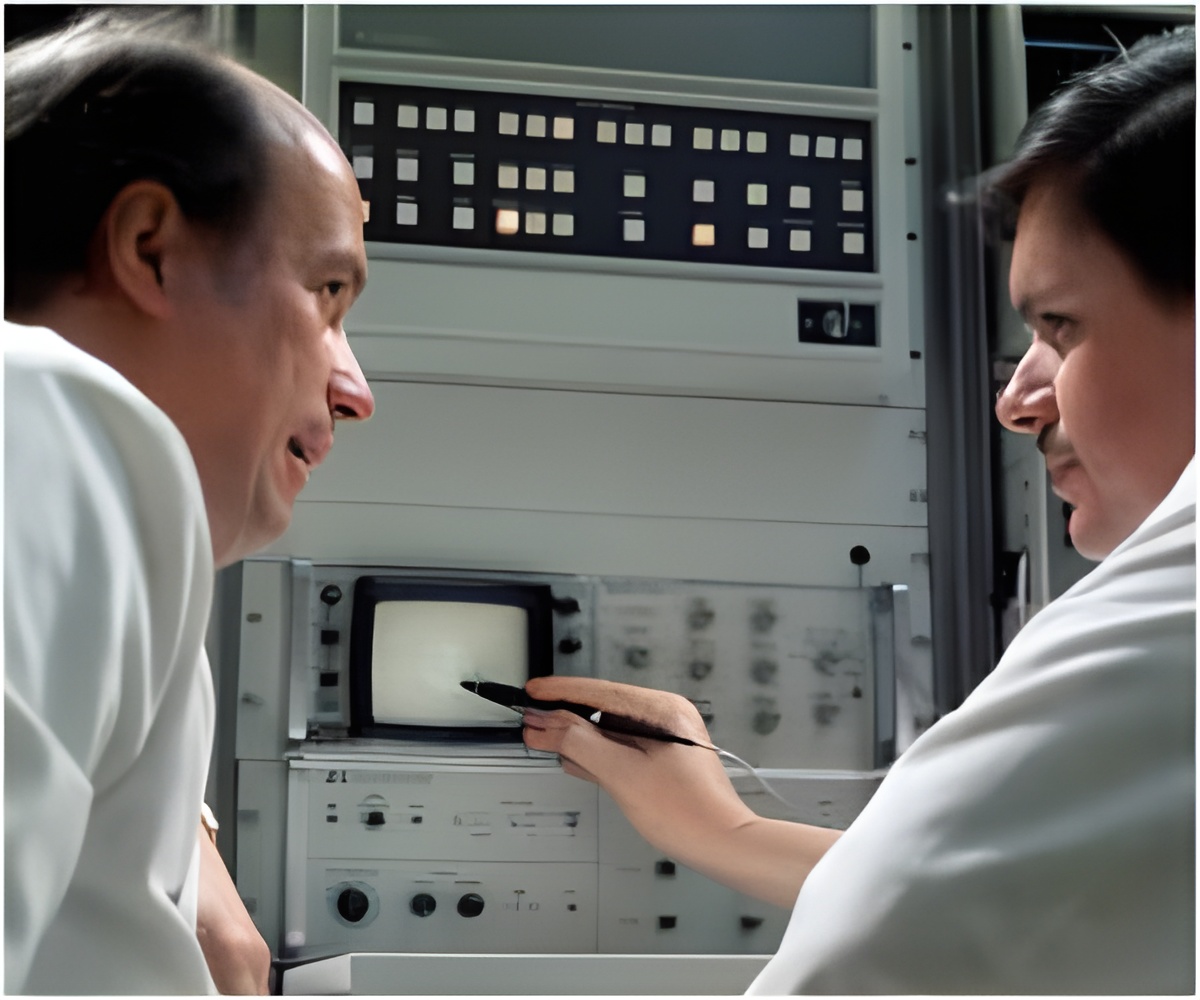
By modeling protein folding, group leader Vijay Pande says, “We hope to get exquisite detail and information that you might not be able to get from experiments.”
Their Folding@home uses processor time donated by millions of home computer and video game console users. It has advanced the field of molecular dynamics by cutting protein-folding simulation times from years to days. Recently, Pande’s group used Folding@home simulations to investigate new therapeutic approaches for Alzheimer’s.
Thanks to the distributed computing project, people from throughout the world download and run software to band together to make one of the largest supercomputers in the world.
Now they have developed Copernicus, a new framework, in collaboration with the labs of Erik Lindahl at Sweden’s KTH Royal Institute of Technology and Stockholm University and Peter Kasson at the University Virginia. It was presented this week at SC11, an international supercomputing conference, in Seattle.
“We’re bringing Folding@home to supercomputers,” said Pande, a professor of chemistry.
Advertisement
“It opens the door to huge crowds of people using these methods, which have matured with Folding@home,” Pande said.
Advertisement
The advantage of Copernicus comes from how it uses the fast communication available between supercomputers, combined with statistical sampling techniques, to run parallel simulations within or between computing clusters or between supercomputers.
Copernicus allows for each additional processor in the system to aid the calculation to run faster and faster, something known as strong scaling. Previously, when using supercomputers to understand molecular dynamics, it has been very difficult to achieve strong scaling on a single machine.
“This method should be able to use any supercomputer on the planet completely,” Pande said. “Strong scaling to these extremes is unusual.”
Folding@home is useful for molecular simulations that take place on relatively long timescales. But Copernicus will be a tool for shorter problems where researchers want a quick solution.
Computationally, using Copernicus is like taking a Lamborghini to run out for milk. Folding@home, on the other hand, “is kind of like a rocket. It takes a big deal to launch it and once you launch, it goes really far,” Pande said. “You don’t use it to go to the corner store.”
Source-Medindia





